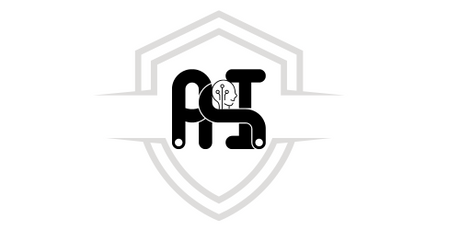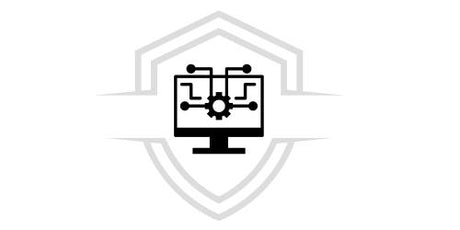Project management is a crucial part of any successful business. A well-managed project not only ensures that objectives are met within the set timeframe and budget, but also maximizes the efficiency and effectiveness of the work team. This article will explore best practices for project management in business administration, from initial planning to post-project evaluation.
Practices for Project Management in Business Administration
1. Define the project objectives
Before diving into project planning, it is critical to clearly define the project objectives. These objectives should be specific, measurable, attainable, relevant, and time-bound (SMART). A clear definition of objectives provides a roadmap that will guide all stages of the project and ensure that all team members are aligned.
Importance of clear objectives
- Direction and focus: Well-defined goals help keep the team focused and moving toward a common goal.
- Measuring success: They allow the success of the project to be evaluated by comparing the final results with the initially established objectives.
- Team motivation: Provide team members with a clear reason to strive and achieve specific goals.
20% EXTRA DISCOUNT
Get started today and get fully certified in Business Administration with our course
- 100% online at your own pace
- Practical exercises
- Lifetime Access
- Certified endorsed
Apply the coupon [ATREVETE] and get an extra 20% discount for only 100 students. Click the button and join!
2. Establish a project plan
Once the project objectives have been defined, a project plan must be established . This plan acts as a map that guides the project from start to finish.
Key elements of the project plan
- Project Scope: Define what is included and what is excluded from the project.
- Deliverables: Identify the products, services, or results that must be completed.
- Deadlines: Establish a detailed schedule that includes all necessary tasks and activities.
- Budget: Determine the costs associated with the project and how they will be funded.
- Resources needed: Identify the human and material resources that will be needed to complete the project.
Creating the schedule
A detailed schedule is essential to keep the project on track. It should include:
- Tasks and Activities: List of all tasks necessary to complete the project.
- Dependencies: Identify which tasks depend on others.
- Task Duration: Estimate the time it will take to complete each task.
- Start and end dates: Set clear dates for the start and end of each task.
3. Assign roles and responsibilities
Assigning clear roles and responsibilities is crucial to ensure that each team member knows what is expected of him or her. This includes:
- Defining roles: Each team member should have a specific role that aligns with their skills and experience.
- Responsibilities: Establish the responsibilities of each role to avoid confusion.
- Project Leader: Appoint a project leader responsible for coordinating all team activities.
Benefits of clearly defined roles
- Increased efficiency: When roles are clear, team members can work more efficiently and productively.
- Improved collaboration: Clarity in roles and responsibilities fosters better collaboration and communication within the team.
4. Effective communication
Effective communication is key to successful project management. A well-structured communication plan should include:
- Regular meetings: Schedule team meetings to discuss progress and address issues.
- Progress Reports: Create regular reports to keep everyone informed about the status of the project.
- Status Updates: Provide constant updates to ensure everyone is aware of any changes to the project.
Strategies for effective communication
- Clarity and conciseness: Ensure that information is communicated clearly and accurately.
- Active listening: Encourage active listening to better understand the team's needs and concerns.
- Use of communication tools: Use digital tools such as project management platforms to facilitate communication.














